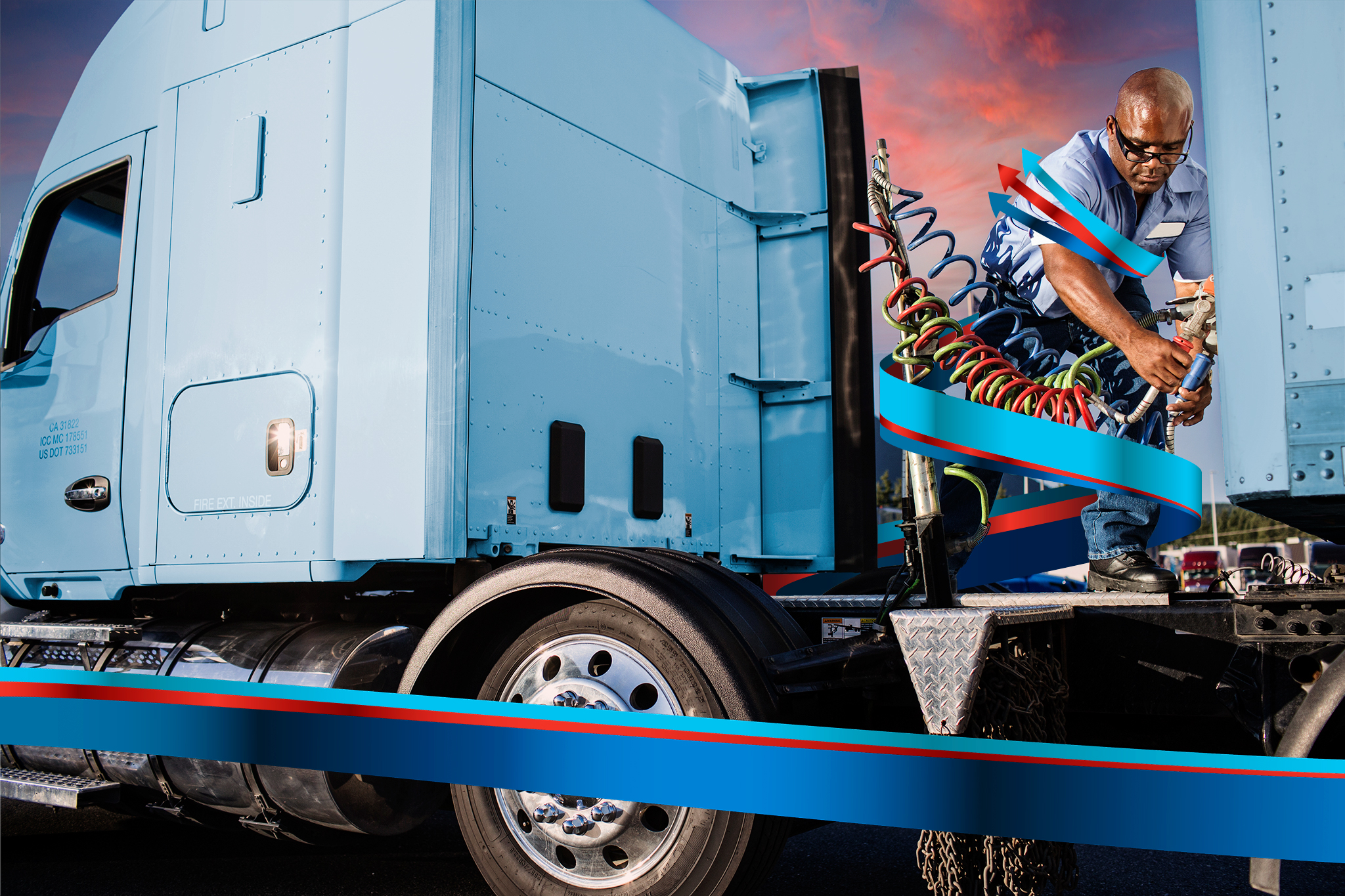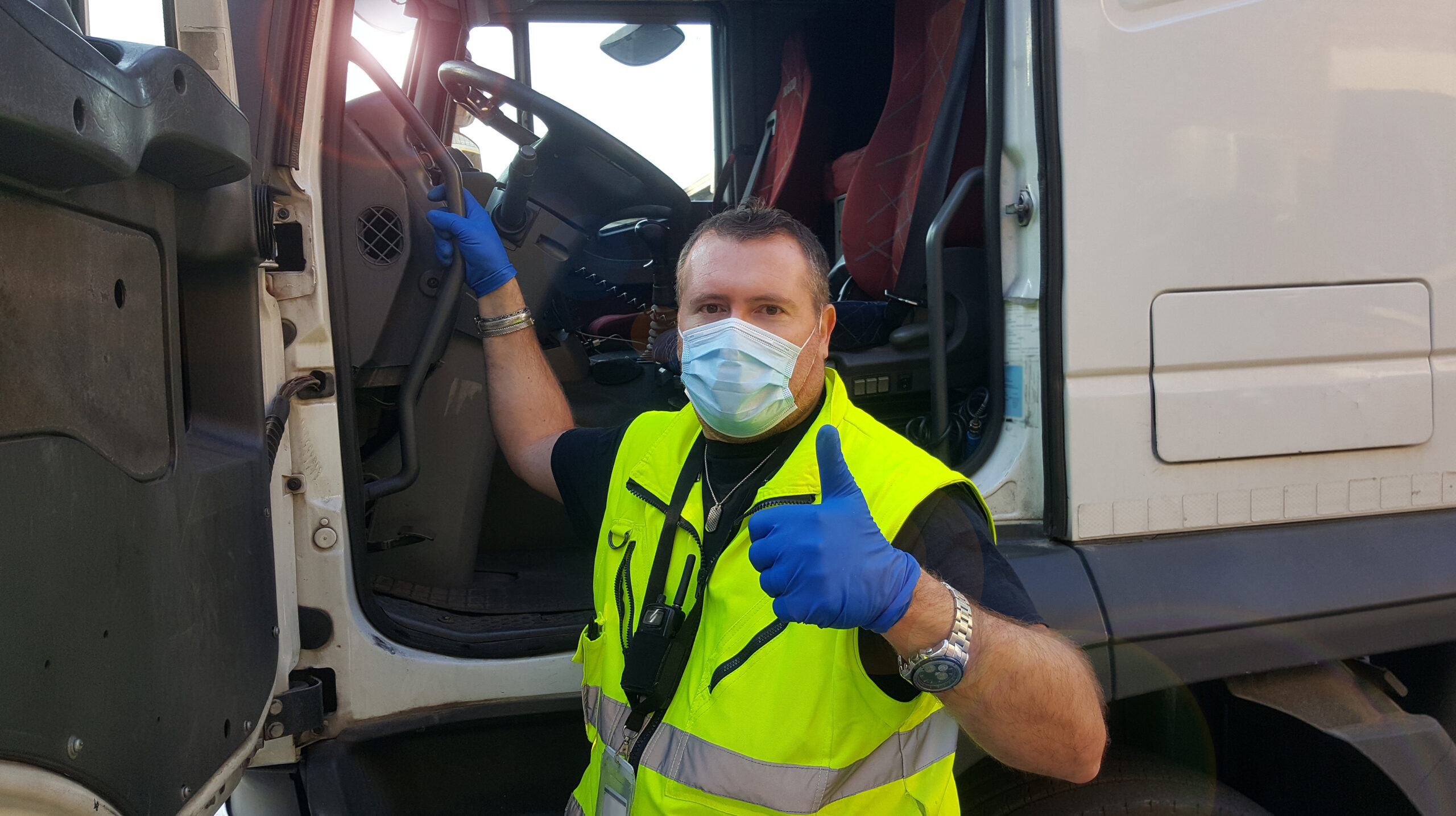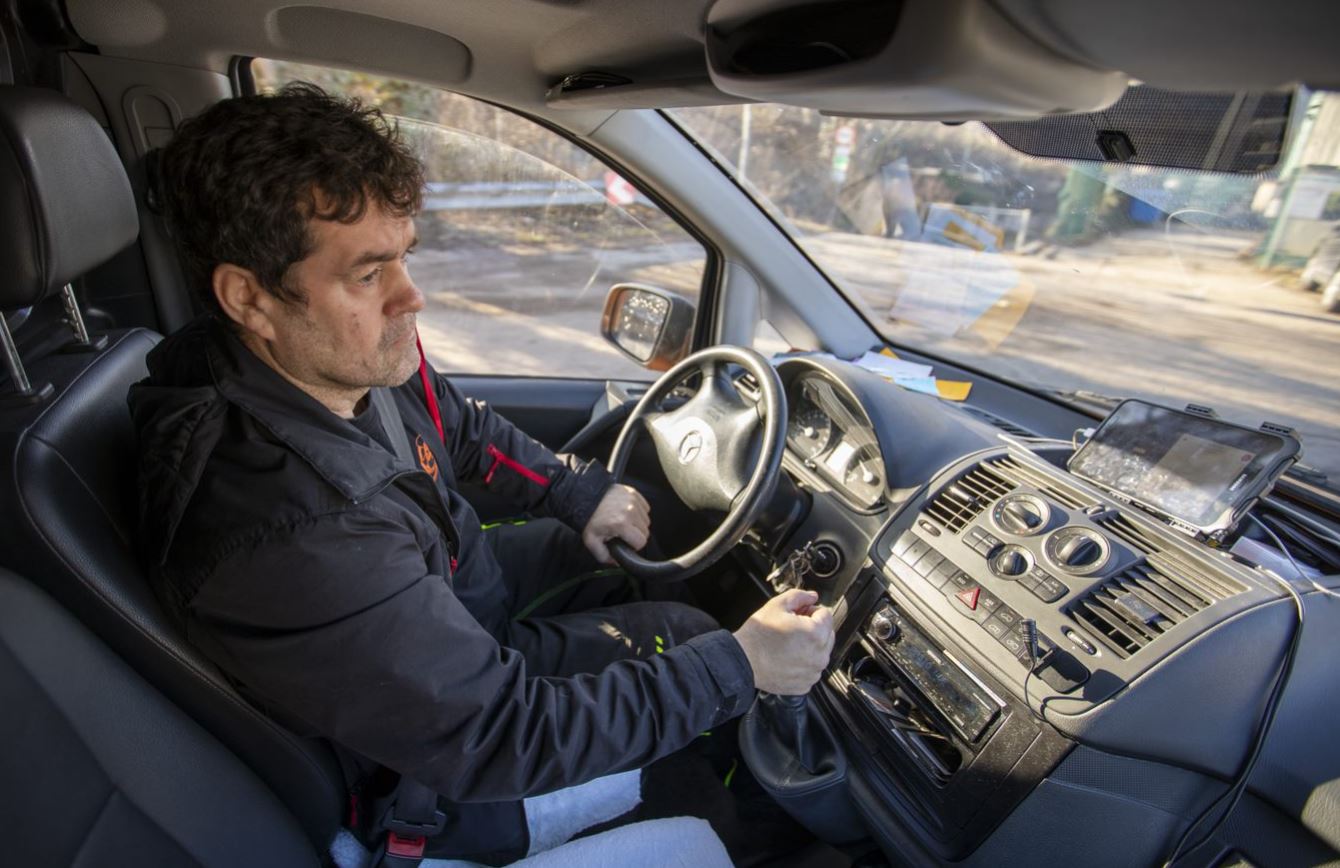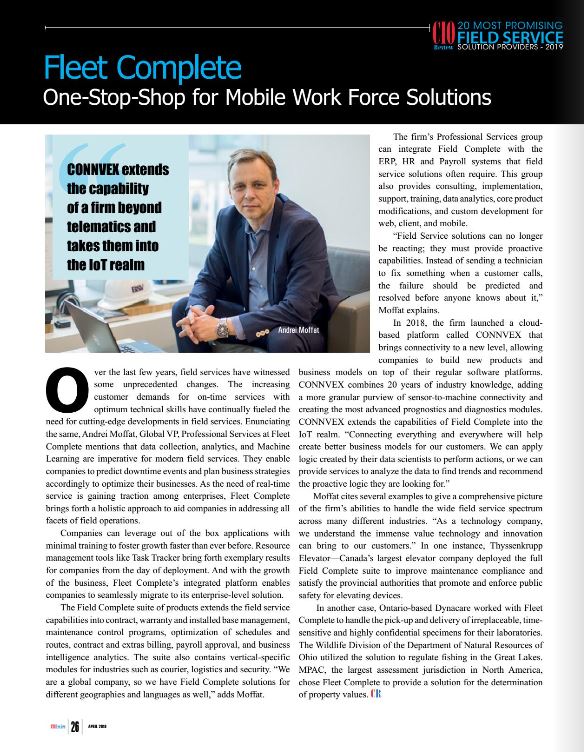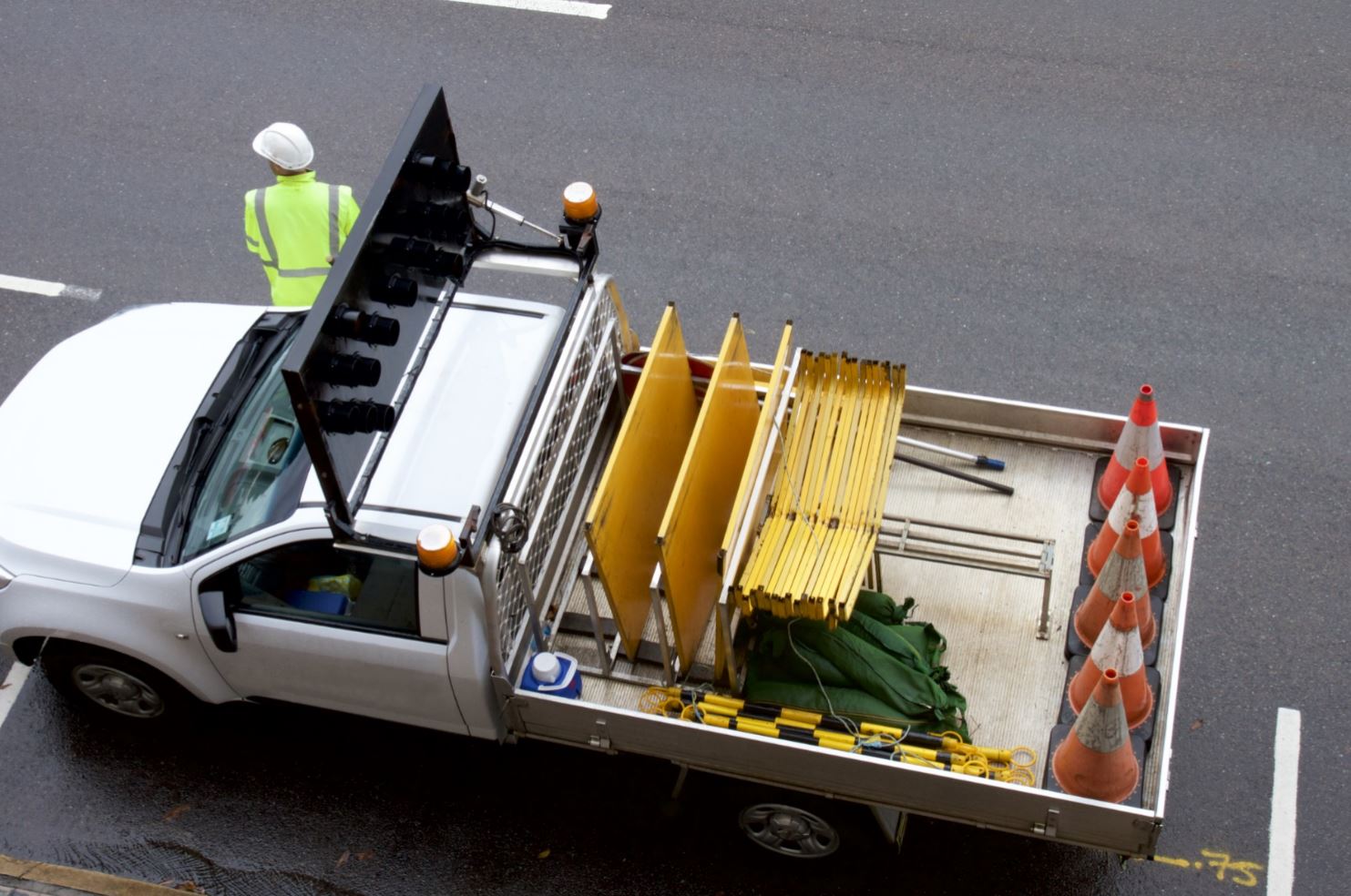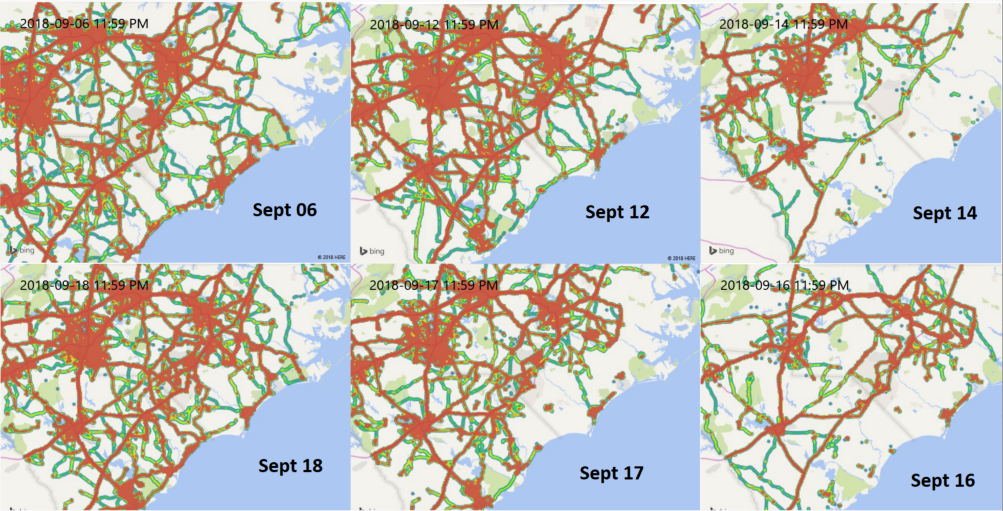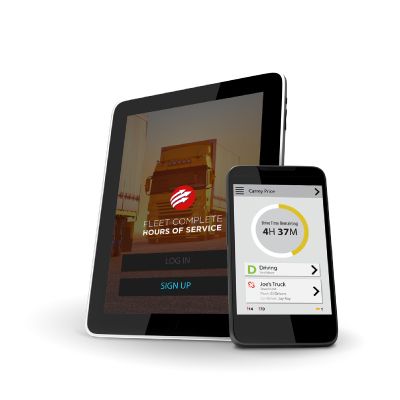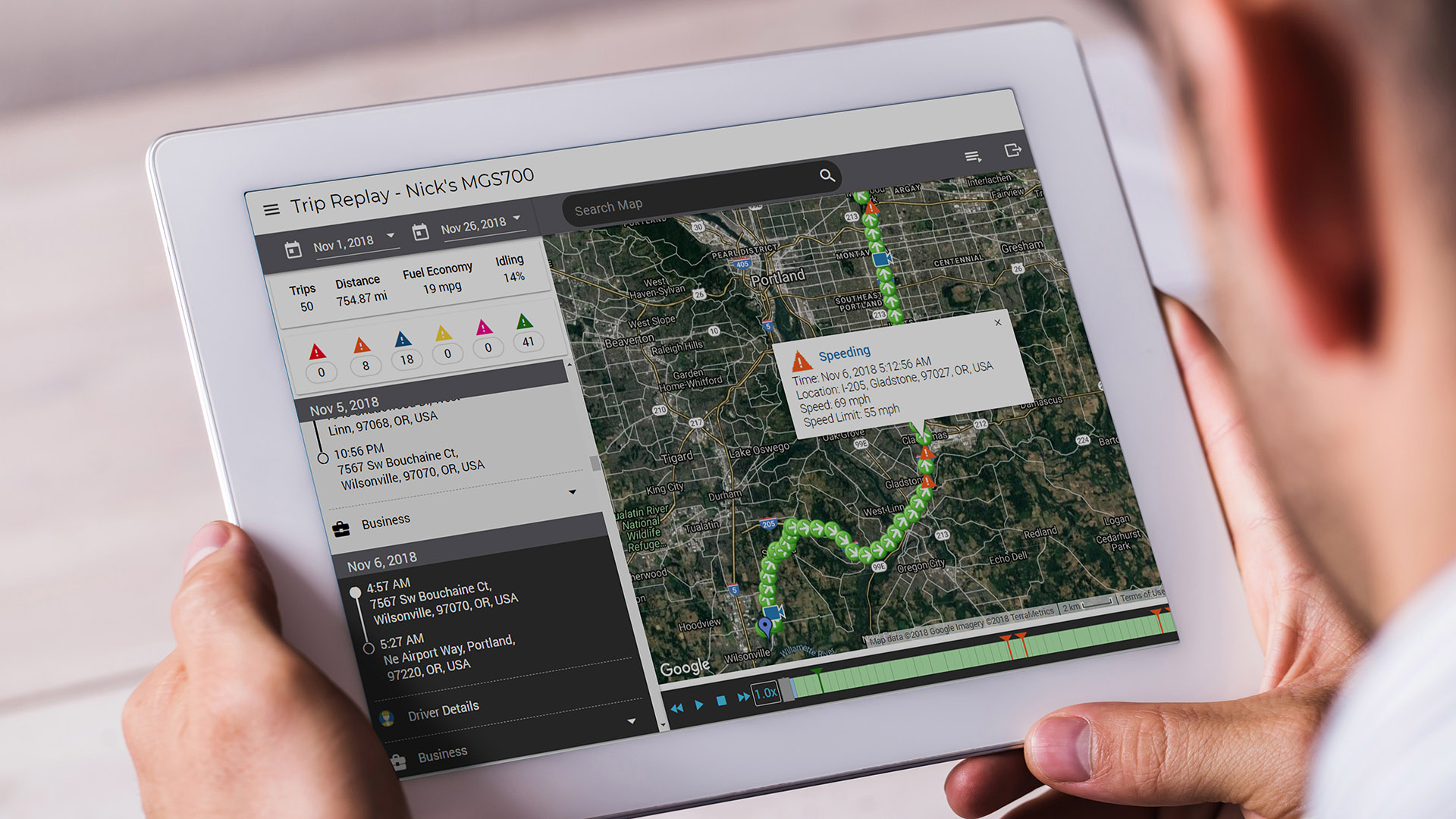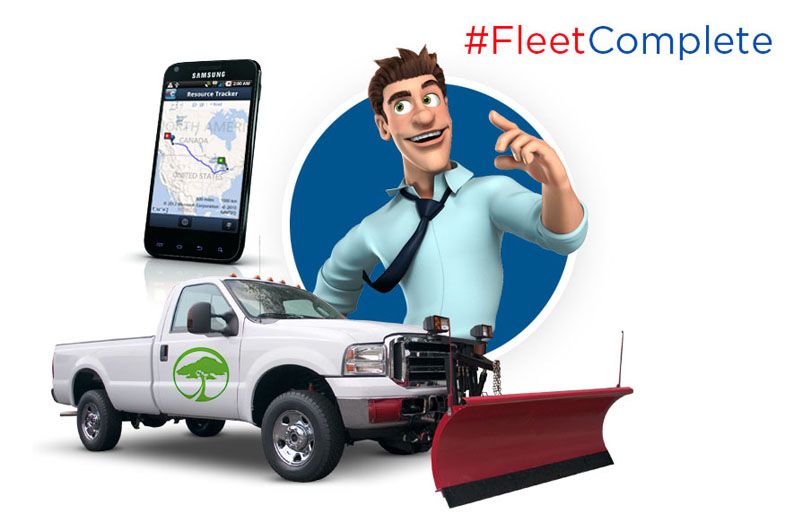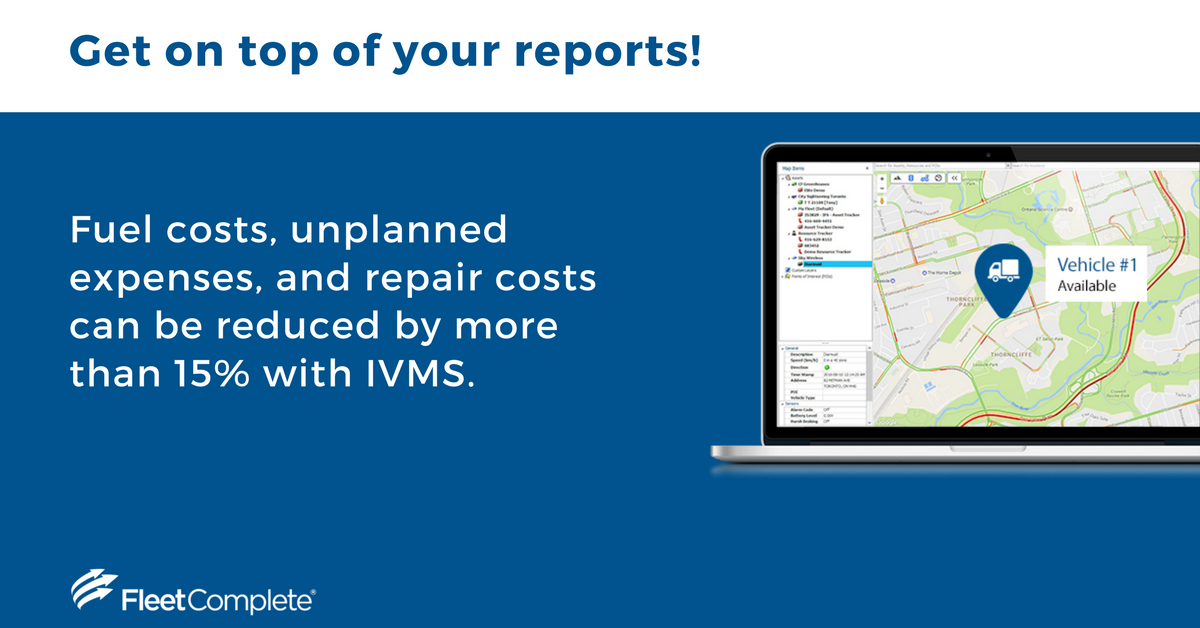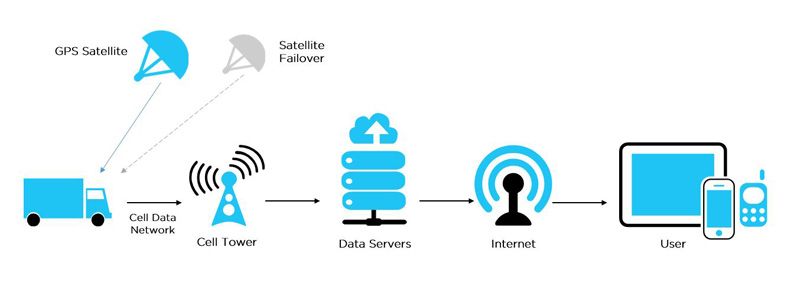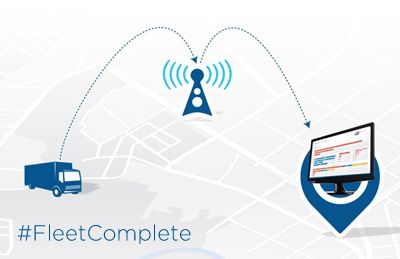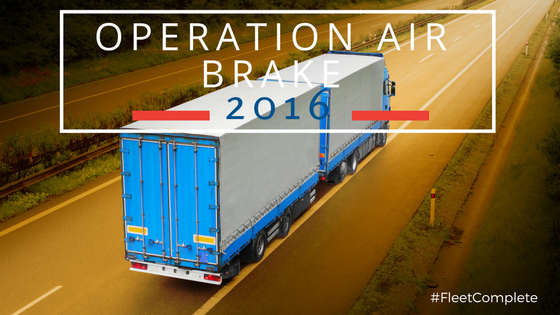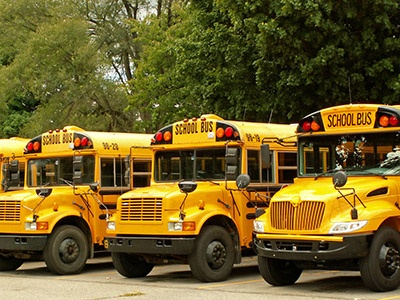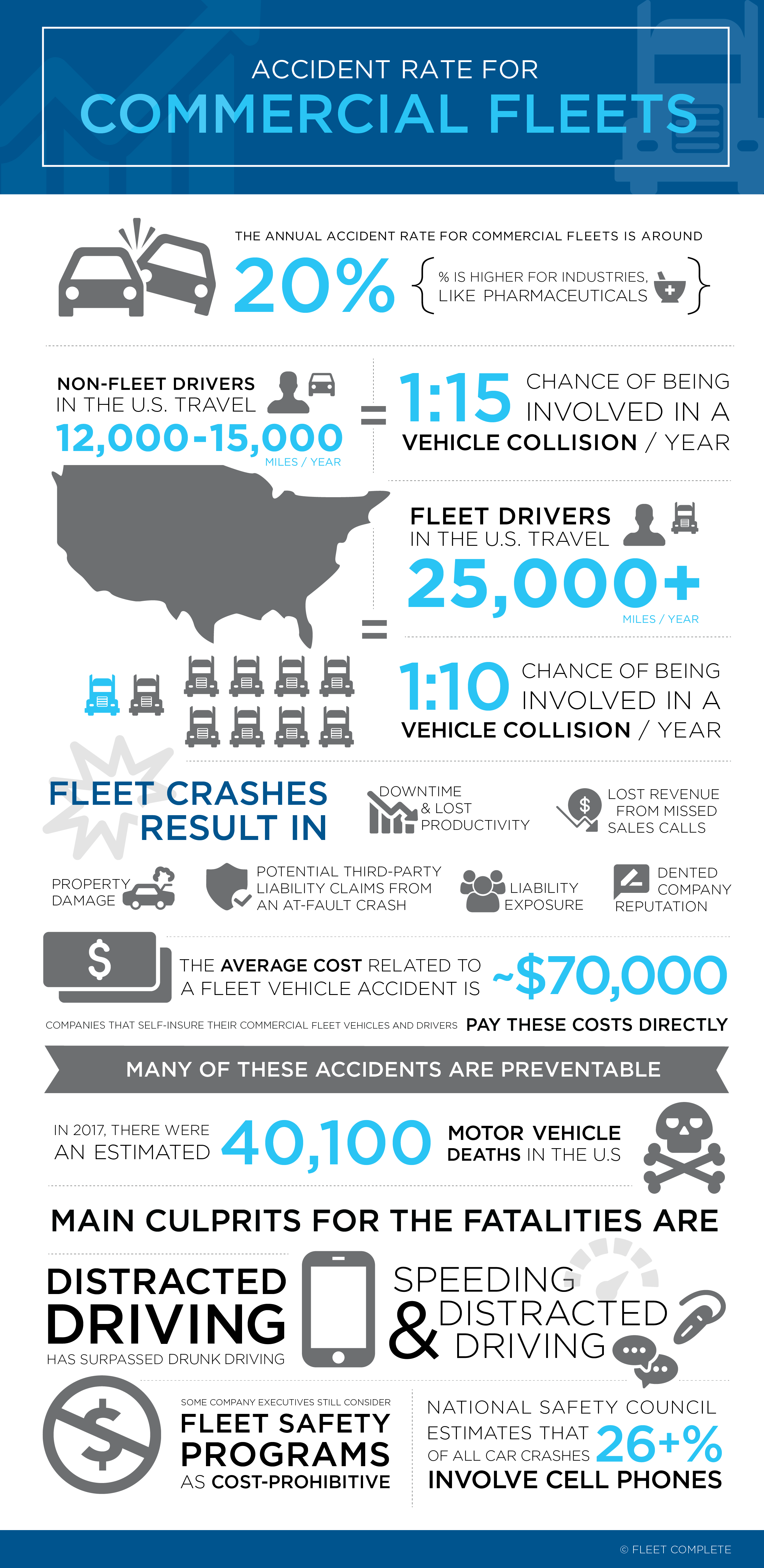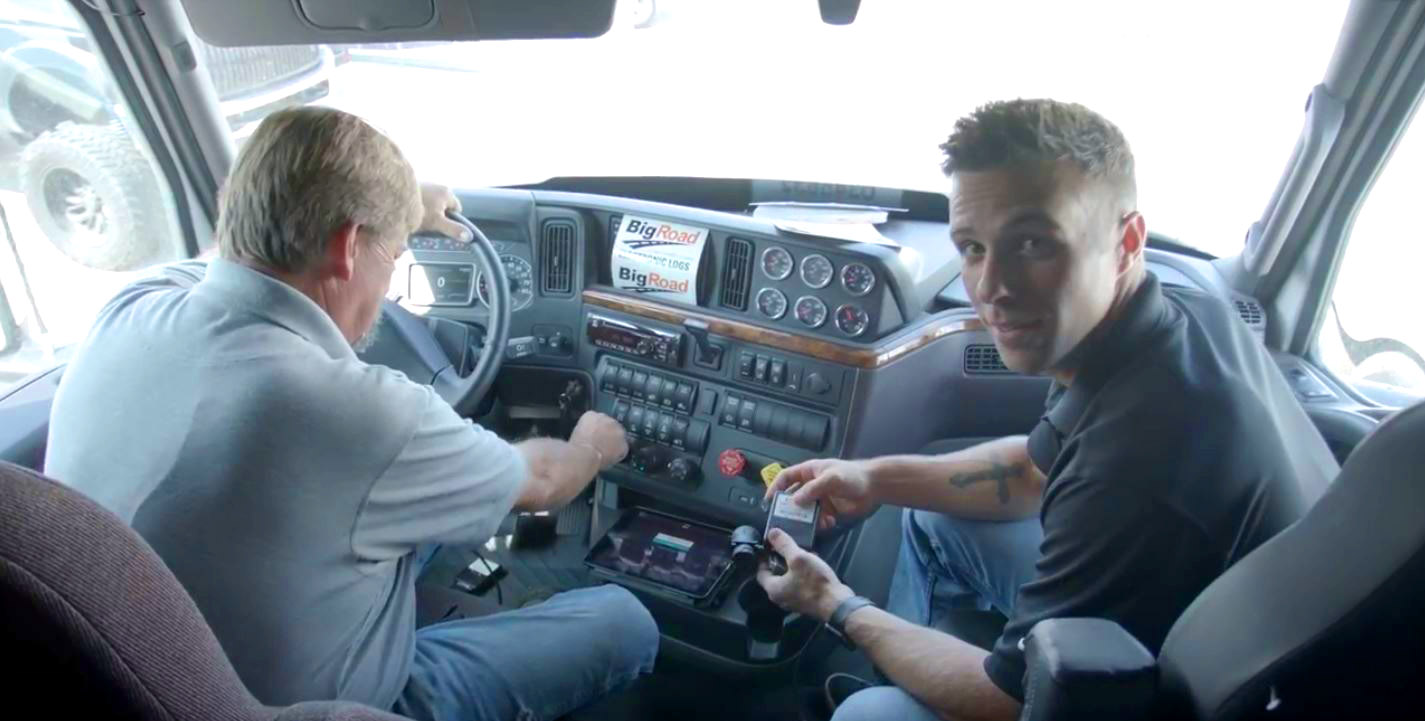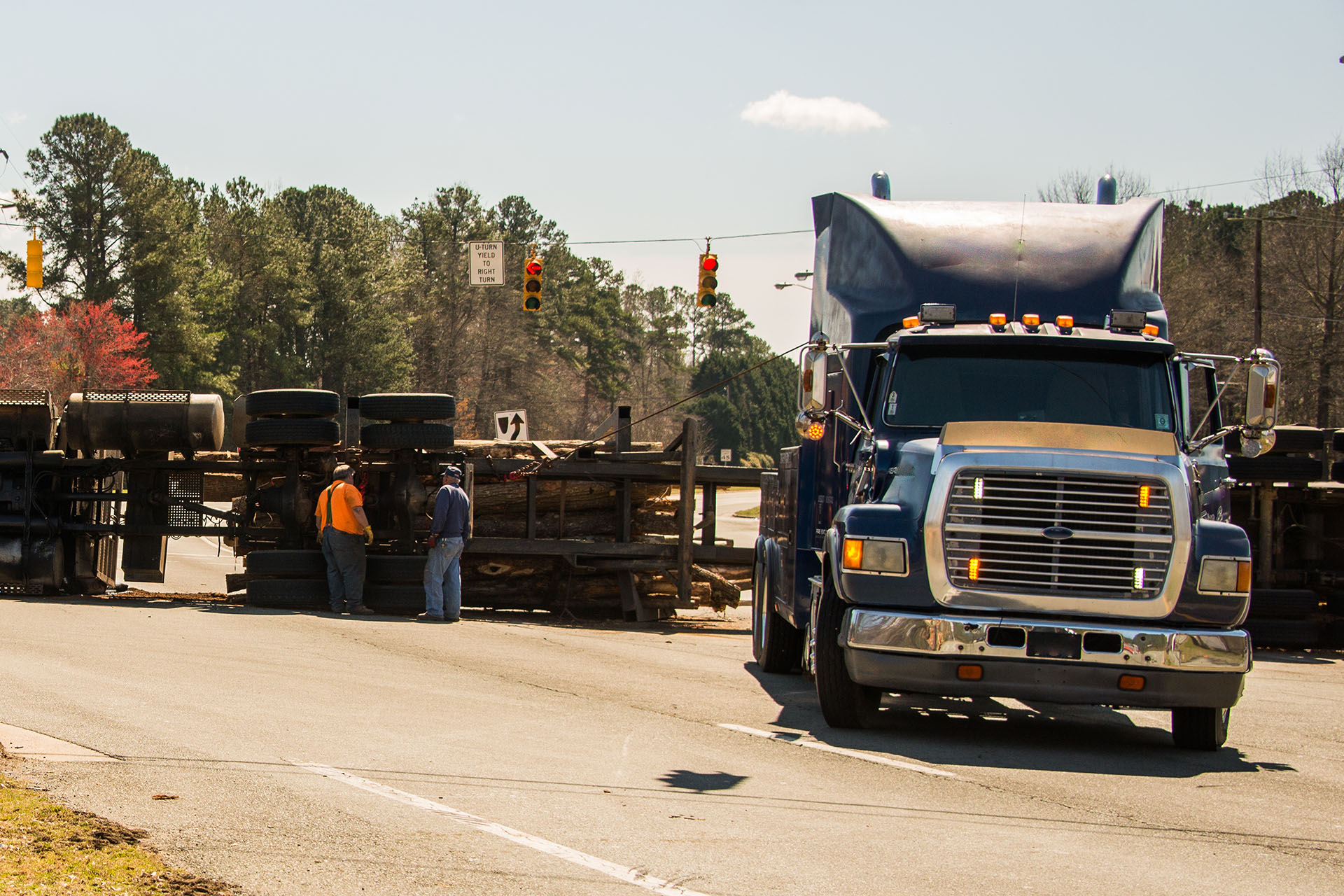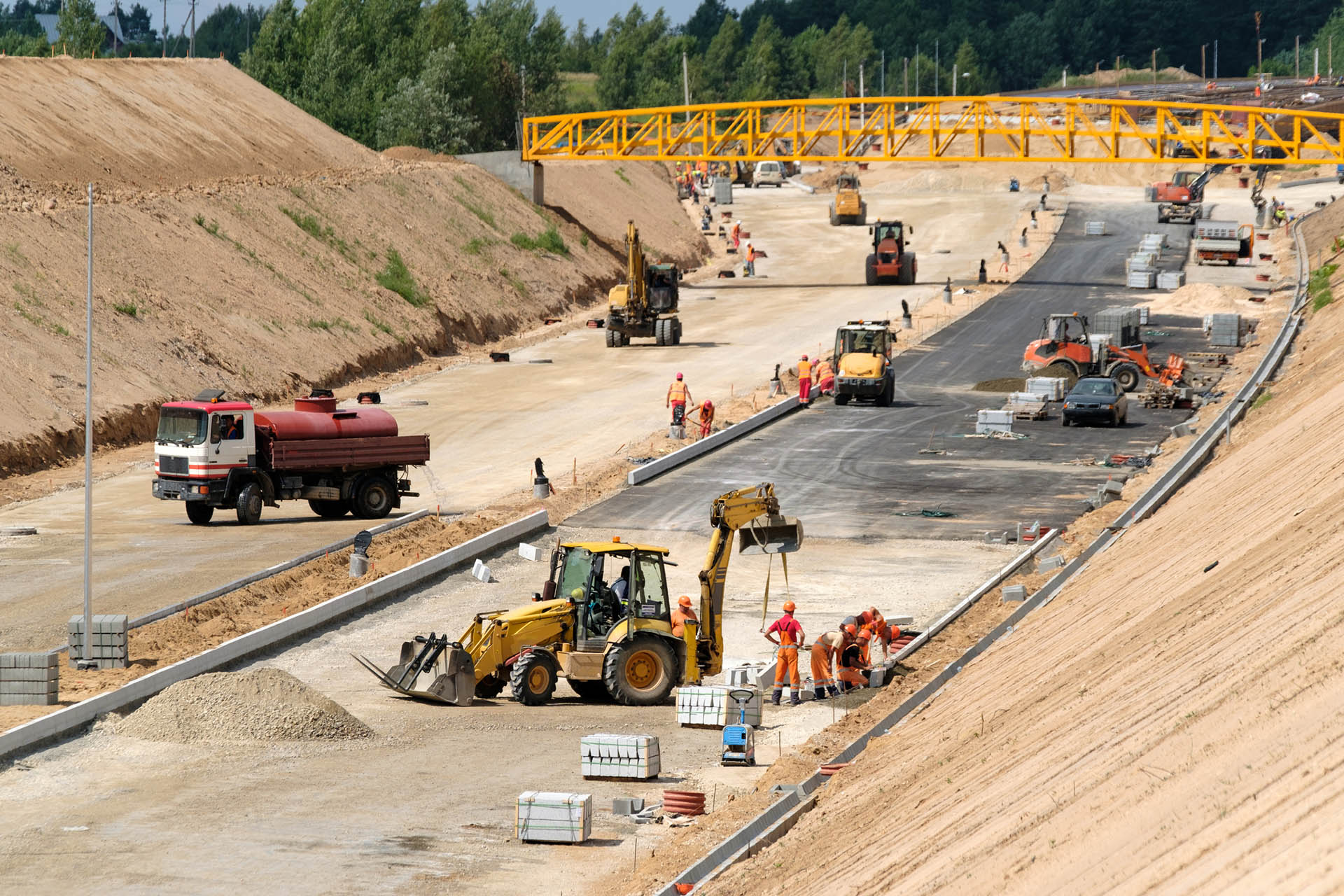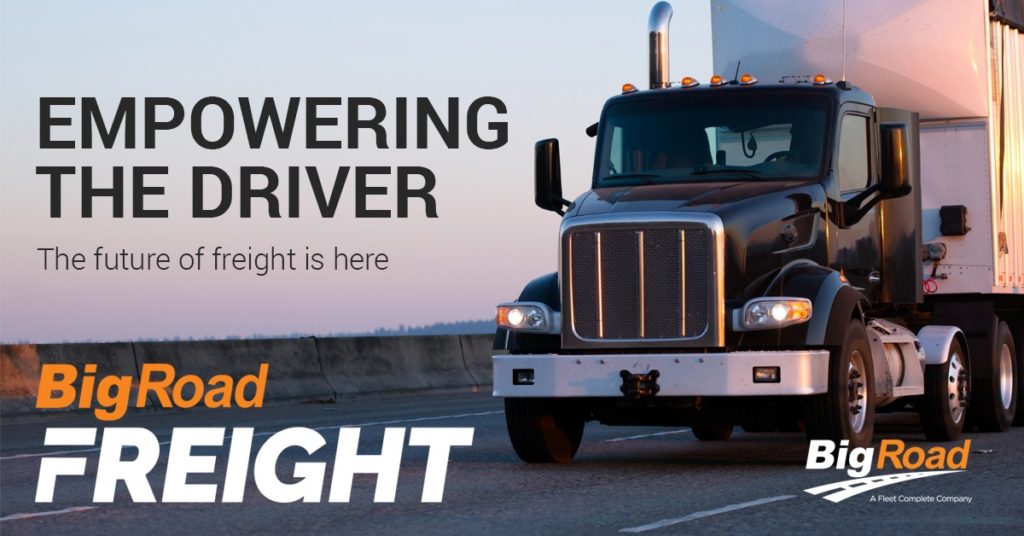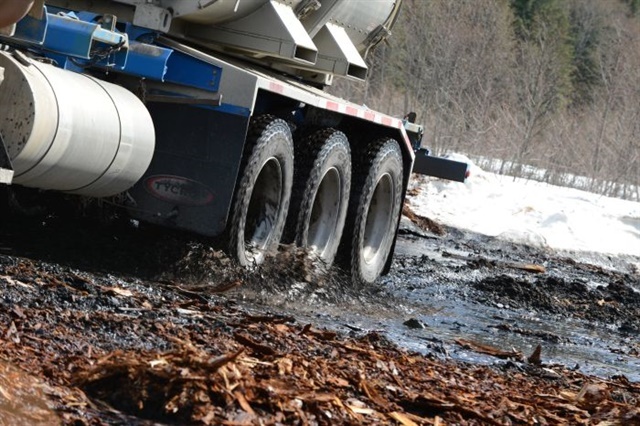Picture your average truck driver. Chances are, the person you’re thinking of right now is wearing a baseball cap, perhaps a plaid shirt… and they’re definitely male.
Along with builders, firefighters, and plumbers, trucking is often seen as a manly job. When you look at the stats, the figures seem to back this up: according to the American Trucking Association, just 6.6% of drivers in the U.S. were female in 2018.
The fact is, women drivers represent a huge untapped labour force—and they’re just as good at driving as men, if not better.
Female drivers have more patience on the road, drive less aggressively, and are 27% less likely to cause an accident. This isn’t just good for your trucks—it’s also good news for your bottom line. Fewer accidents means fewer repairs, legal cases, and lower insurance premiums.
When it comes to attracting more women drivers, there are a number of things fleet managers and trucking companies need to address.
1. Encourage Women to Enter the Trucking Industry
Male trucking culture needs to be changed from the ground up. We need to avoid gendered language when talking about jobs, and recognize that no job is specific to any gender. This includes embracing diversity within trucking companies themselves.
According to McKinsey, “Gender-diverse companies are 15% more likely to earn above-average revenue.” Diversity also improves your company’s reputation—something that’s particularly important for attracting women, who will naturally seek out companies that already have a roster of female drivers and are known for accommodating their needs.
Even if you don’t currently have any female drivers on your team, it’s important to educate your male staff about the importance of supporting their female peers. Create greater awareness about the fact that a good economy is contingent on changing the trucking gender ratio. Challenge common misconceptions about female drivers and take a zero-stance attitude towards sexism.
2. Attract Women Truck Drivers
The trucking industry is rife with situations where women’s health is put at risk. So, when it comes to attracting and recruiting female truckers, you need to show them their wellbeing is a priority.
First, address the physical side of things. Truck cabs are generally designed to accommodate a male driver. As the infographic below shows, women are usually shorter and lighter, which makes it harder for them to reach the controls and find a comfortable seat position.
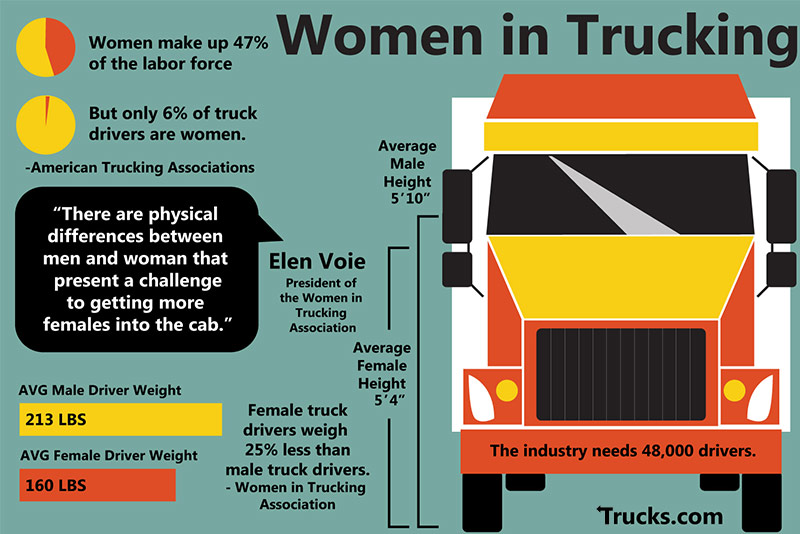
When you’re on the road for days at a time, comfort is paramount. Not only does discomfort cause stress—it also represents an occupational health hazard.
Many truck manufacturers are designing vehicles that are ergonomically oriented towards women. Purchase cabs that are designed to accommodate female drivers and work with a professional to ensure your drivers are operating the vehicle comfortably.
3. Help Female Trainees Feel Safe
Despite many companies taking a more female-friendly stance, safety remains a concern. Ellen Voie, president of the Women In Trucking Association, told Truck.com that women won’t become professional drivers if their wellbeing is at risk:
“We heard recently from a female recruit who had signed up for training at a trucking school. The recruiter told her she would have lodging during her stay. When she arrived, she discovered that she was assigned to sleep in a bunk-house type environment with the male students.”
Avoid this situation, or risk having your trainees leave for a more suitable training facility. Ensure you have a mix of male and female teachers. If male trainers are paired with women, then take extra steps to make the experience safe.
Fit your vehicle with an emergency alert and provide separate sleeping spaces for men and women. GPS fleet management software can also help fleet managers track trucks in real-time—something that will be immensely reassuring for female recruits.
4. Empower Female Drivers
According to a survey by Women in Trucking, when asked to rate their on-the-job feeling of safety from 1 (unsafe) to 10 (safe), female respondents averaged just 4.4.
Life can be tough for women on the road. Writing for USA Today, journalist Chris Woodyard says the female drivers he spoke to said they have to “watch out for sexual predators, confront inappropriate male coworkers and care for children or elderly parents while thousands of miles from home.”
Meanwhile, in a USA Today interview, driver Tami Mendoza Clark said she slept with a baseball bat until she felt more comfortable with the trucking life.
Companies can address these issues by providing additional support. Trucking organizations are increasingly offering counseling about how to stay safe, along with mentorship programs and forums where drivers can discuss things like mental health, safety, health, and more.
Male drivers can also massively benefit from these additional services and many welcome a more diverse, wellbeing-focused approach.
5. Leverage Technology to Keep Drivers Safe
Technology is the fuel behind the positive changes and progress in the trucking industry today, both in terms of safety, and in fostering a healthier work-life balance.
“Technologies like Fleet Complete that leverage telematics are key to safety in the trucking industry,” said Sandeep Kar, Chief Strategy Officer of Fleet Complete in an interview with Business and Tech. “They provide in-cab coaching and real-time driver assistance tools that help improve on-road performance and safer driving. There are distress buttons and other safety features that provide extra security layer and help deter any unauthorized access into the vehicle. Technology is helping the trucking industry to take bigger, speedier strides towards a more balanced work/life approach and to ensure drivers arrive home safely.”
Smart fleet managers know the importance of investing in tools to help their teams work safely. Fleet management software can help foster good communication between drivers and HQ—something that’s especially reassuring among the growing ranks of female truckers.
If you found this article helpful, please share it!
























